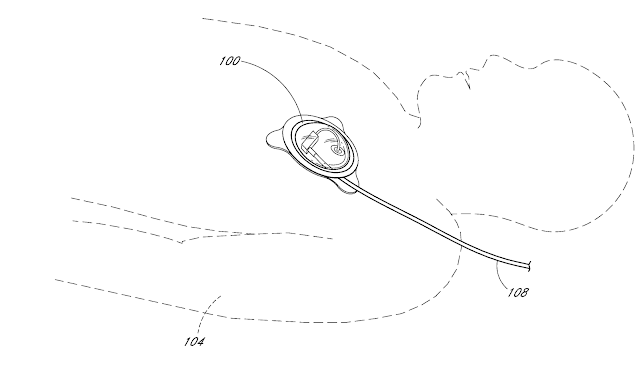Download E-Book "PDF" 2.23 MB
27 pages
Downloadable Resources
Resources for National Burn Awareness Day 2021 can be downloaded below. Click on each link to download them directly to your computer.
| Logo | National Burn Awareness Day logo | Download |
| Toolkit | Everything you need to know about raising awareness | Download |
| A4 Poster – Child (Hot Drinks) | A poster highlighting | Download |
| A4 Poster – Adult | A poster for adult burn awareness | Download |
| A4 Poster – Child | A poster for child burn awareness | Download |
| Hospital Event Planner | A guide for Hospitals when planning National Burn Awareness Day events | Download |
| Parent Hot Drink Policy | Case study for parents and children’s centres | Download |
| Email signature | Insert on the bottom of all e-mails to raise awareness | Download |
| Facebook cover | Insert as your Facebook cover image | Download |
| Facebook post | Post for | Download |
| Instagram post | Post for | Download |
| Twitter header | Insert as your Twitter header | Download |
| Twitter post | Post for | Download |
| LinkedIn header | Insert as your LinkedIn header | Download |
| LinkedIn post | Post for LinkedIn | Download |
| Facebook Post (Hot Drinks) | Post for Facebook | Download |
| Twitter Post (Hot Drinks) | Post for Twitter | Download |
| Instagram (Hot Drinks) | Post for Instagram | Download |
Please email us for A3 print ready versions of the posters. Welsh versions of the posters are also available.
- Help to raise awareness of the shocking number of people burned each and every day – the vast majority of which are preventable
- Promote good first aid
The importance and reach of National Burn Awareness Day has grown year-on-year. Hospitals, Burns Services, Community Health, Fire & Rescue Services around the country are among the many organisations that hold awareness raising events.





































